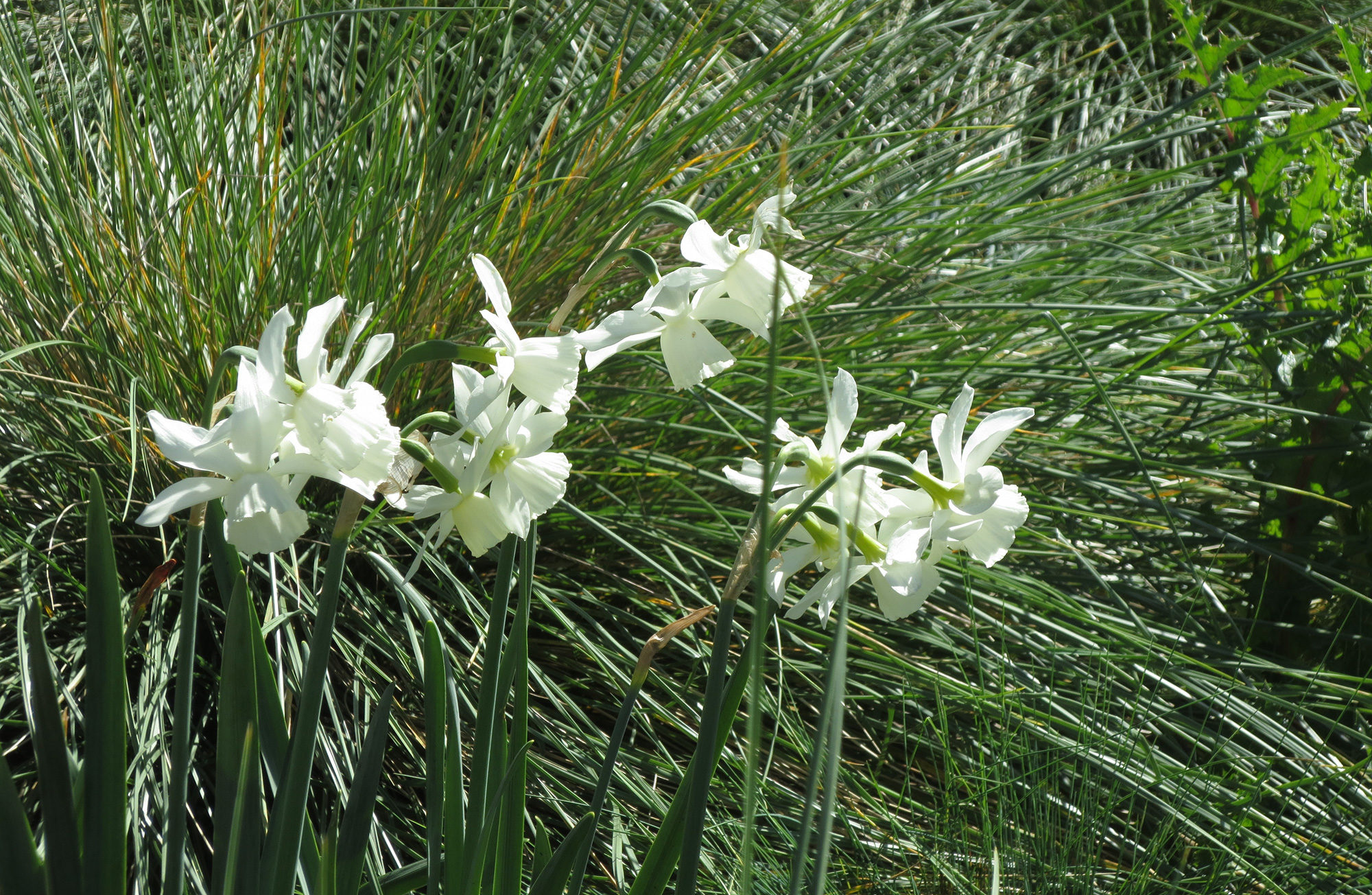The secret to forcing bulbs is in knowing how much time they need to develop strong roots and come to bloom at a desired date. Every bulb is different in its timing so some brief research is always prudent. Spring-blooming bulbs may need 12 to 16 weeks of 45°F (7°C) temperatures after they are potted to develop roots strong enough to support leaves and flowers. There are other bulbs, though, that will flower much faster (some in as little as 3 to 4 weeks) when grown in special circumstances.
Forcing bulbs in pots requires shallower planting than normal. Place them just below the soil surface, water them thoroughly, and then place them in a cool, dark spot. Periodically inspect pots for root development. If roots have emerged from the pot bottom, it is ready to be brought out to warmer temps and more light. First, place pots in bright shade, away from direct sun. After shoots are green, begin gradual exposure to the sun.
Forcing bulbs over water is similar. Unfortunately, only a few types of bulbs respond to this treatment. Hyacinths, Dutch Amaryllis and many Narcissus like Jonquils, Poetaz, or Tazettas (called “Paperwhites”) are easiest. Try to choose the largest bulbs available. Suspend the bulb’s rooting end just above the water. Do not let the bulb touch the water for a prolonged amount of time as this could cause rotting. Keep them in a cool, dark place while the roots grow down into the water over several weeks. When a good root system has developed, begin the gradual exposure to light.
Forcing bulbs in gravel is basically the same as over water. Sink the bulb halfway into the gravel and add water to just below the bulb as before. Water level may be difficult to judge through the gravel, but you can dig a small hole or “well” next to the bulb to estimate. Root in the dark and then adapt slowly to light as in the previous methods.



